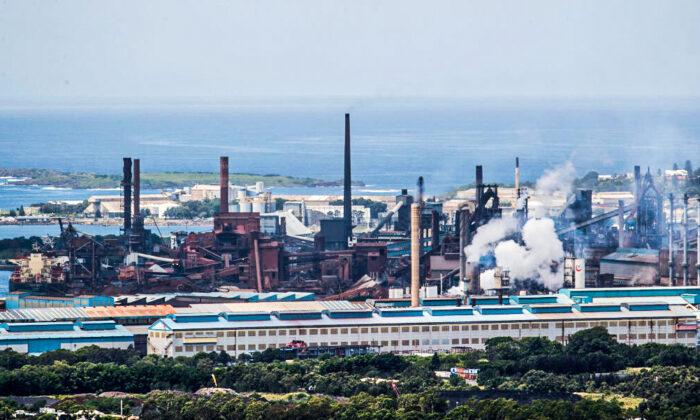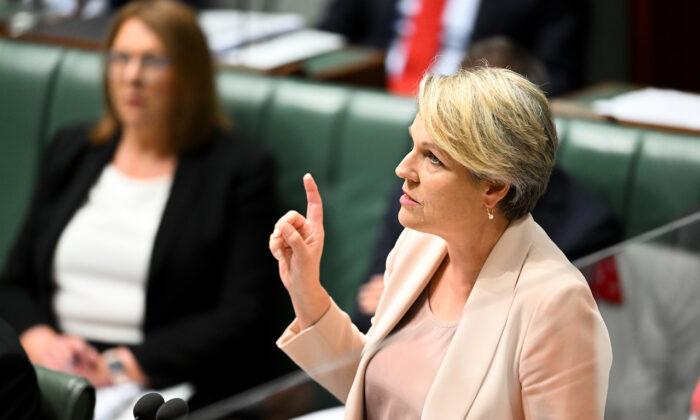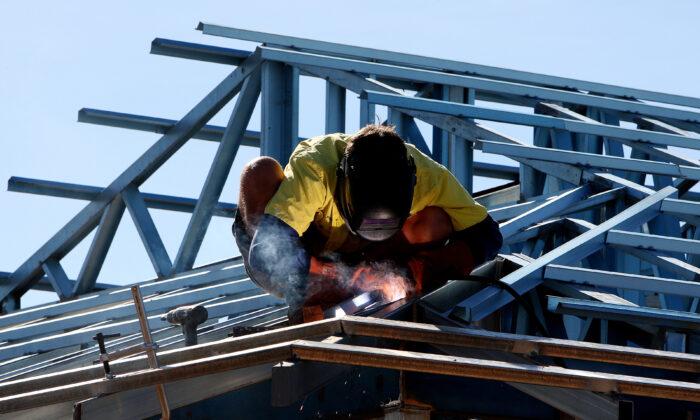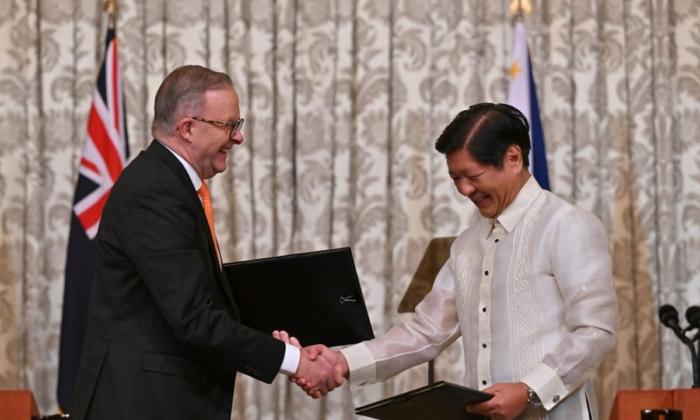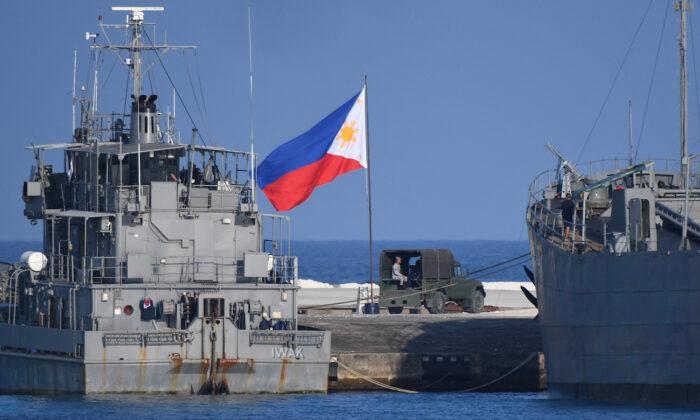Australia needs to start focusing on utilising its abundant natural advantages to take advantage of the global financial push for green energy, an expert has said.
Director of Climate Energy Finance (CEF) Tim Buckley told The Epoch Times he believes that Australia has the potential to become a world leader in the green revolution that is now he says, inevitable. However, the country is lagging behind.
“Australia should be a renewable energy superpower,” Buckley said. “We should be a renewable mining industry superpower.”
He believes that given Australia’s resource wealth in lithium, rare earths, copper, cobalt, nickel, wind, solar, and hydro, the country has everything needed to benefit from the global financial markets’ push for decarbonisation, which Buckley says will see massive investment, employment, and export opportunities.
“We should be value-adding,” he said. “We’re the world’s biggest supplier of iron ore. Thirty-eight percent of the world’s iron ore comes from Australia. Why don’t we do a little bit of value-adding before we export it? Why don’t we help China, Japan, and Korea decarbonise their steel industry by exporting them the green steel rather than iron ore.”
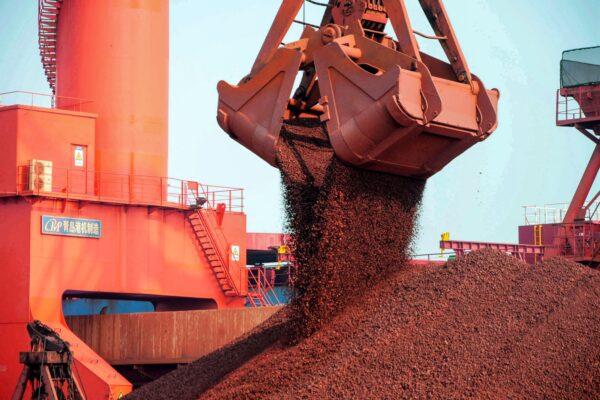
Steel-making requires stripping oxygen from iron ore to produce pure iron metal. In traditional steel-making, this is done using coal or natural gas in a process that releases CO₂. In green steel production, hydrogen made from renewable energy replaces fossil fuels. Steel made using hydrogen instead of coal is known as green steel, primarily because the by-product of the process is water which allows the industry to reduce its carbon footprint.
“Why do we not enhance it? Why do we not require three of the four biggest iron ore companies in the world in Australia to actually invest?” he said, referring to the green steel industry.
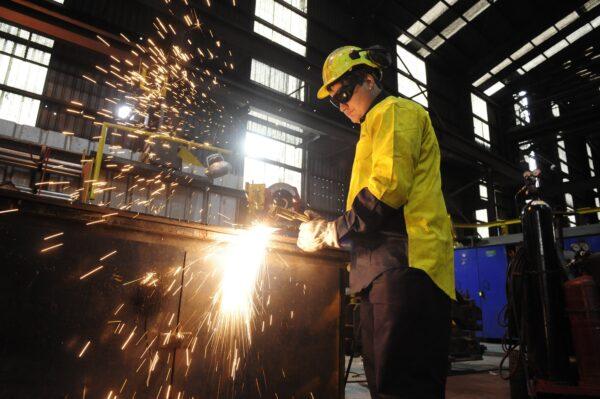
“Moving Australian steelmaking towards lower-emissions technologies in the next decade would build the domestic skills and capabilities needed to create an export-oriented green steel industry in the following decades. In that context, federal funding for a steel “flagship” project would be a worthwhile investment, given the size of the opportunity,” said Tony Wood, the author of the analysis.
However, the company believes that they can explore options for a pilot of low-emissions steel production at Port Kembla Steelworks in New South Wales in collaboration with Rio Tinto.
“The collaboration is part of BlueScope’s previously announced climate action fund of up to $150 million over the next five years. We are very excited—as this project and others will take us to the cutting edge of current technologies to push us all to the next phase and bridge the technology gap we face,” Stephans said.
At present, the centre-right Liberal-National (LNP) coalition, the centre-left Australian Labor Party (ALP), and the left-wing Greens Party have said they would like to move forward with technologies that support a greener economy, including investment in green manufacturing and steel.
Morrison said that the government would focus on unlocking new technologies across the economy, which he argued would drive down costs, create jobs and reduce emissions.
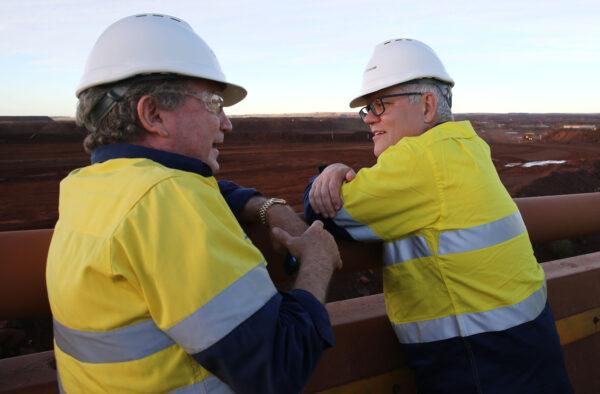
It will also support the traditional industries of manufacturing, agriculture, and transport.
“Our JobMaker plan is about protecting and creating the jobs of today and positioning Australia for the jobs of the future, which is why our investment in new technologies is so crucial,” the Prime Minister said.
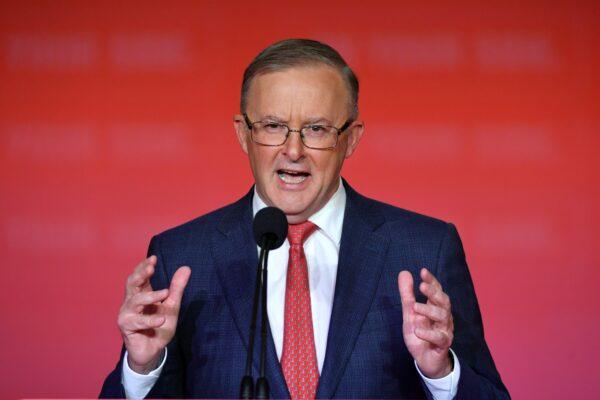
“Whether Scott Morrison can see it or not, we are in a race. Every major economy in the world is moving toward renewables, and if we do not seize this moment to invest in a homegrown renewables sector, Australia will be left out and left behind,” Albanese said.
The Greens Party, which is competing against other minor parties to hold the balance of power in the Australian Senate, have indicated they would make green steel a fundamental component of its exit strategy from the coal and gas industry.
Greens leader Senator Adam Bandt has said if they do hold the balance of power, they will work to create a Green Steel Innovation Fund to kickstart the green metal industry and return manufacturing to Australia instead of looking overseas for the finished products.
“Australia should be a nation that manufactures things again,” Bandt said. “We have greater potential than just being the world’s quarry … with almost endless energy available from the sun and wind, we have the capacity to create finished steel, unlocking generations of good jobs and giving us a new export opportunity.”
Bandt said that pairing the Innovation Fund with the $45.9 billion Green Metals Australia fund would drive growth in previous iron and steel production in previous manufacturing areas like the Illawarra, the Pilbara, and Whyalla.
The Greens have also noted they would stop both the Liberal government and the Labor opposition’s plans for 144 new coal and gas projects.
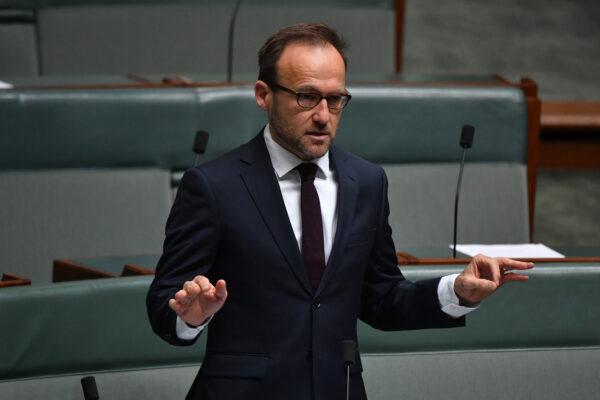
However, the other conservative and right-leaning political parties have voiced their support for conventional energy industries such as coal and gas.
“This has weakened our economy, wiped out jobs, put money into the pockets of authoritarian governments, and had no detectable influence on the world’s temperature or climate,” Hanson said. “Any political party that refuses to acknowledge the damage being done by our current green energy delusions isn’t just hurting your hip pocket, they are putting our nation’s security at risk.”
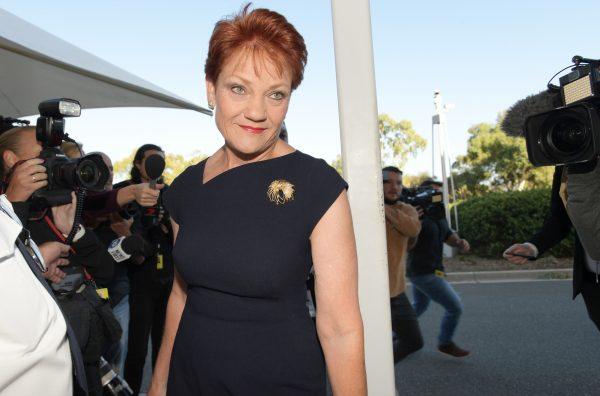
The party has made no mention of green technology or renewables in its policy platform.
“We’re [Australians] going to take our own responsibility and invest in our own energy security and invest in our own decarbonisation because it is economically and ecologically sensible,” Buckley said.
